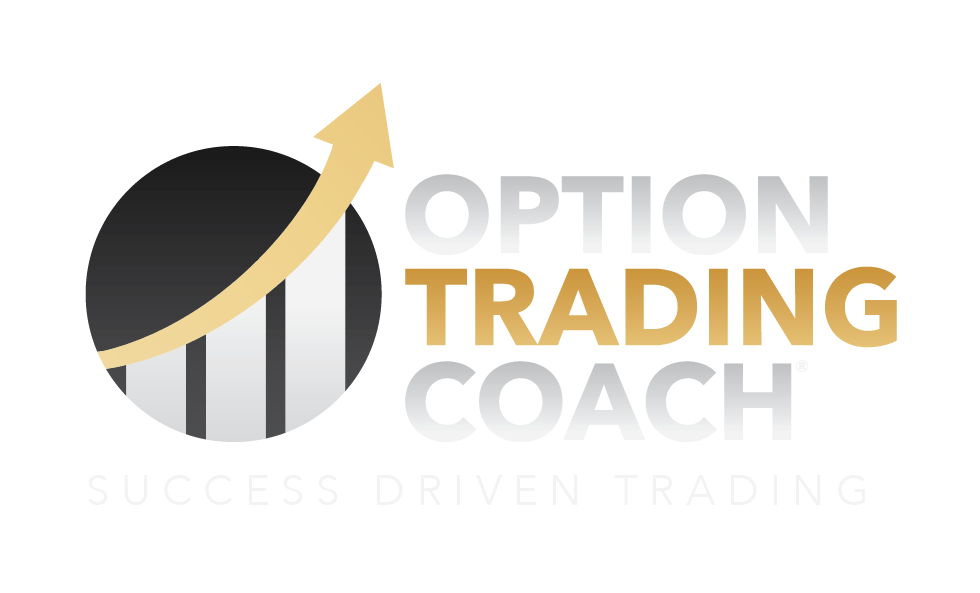1. Call Options
A call option gives the buyer the right, but not the obligation, to buy an underlying asset at a predetermined price (called the strike price) before the option expires. Traders typically buy call options when they believe the price of the asset will rise.
Example: You buy a call option for Stock XYZ with a strike price of $50. If the stock price rises to $60 before the option expires, you can buy the stock at the lower strike price of $50, making a profit of $10 per share (minus the premium you paid for the option).
2. Put Options
A put option gives the buyer the right, but not the obligation, to sell an underlying asset at the strike price before the option expires. Put options are often purchased when traders expect the price of the asset to fall.
Example: You buy a put option for Stock ABC with a strike price of $40. If the stock price drops to $30 before the option expires, you can sell the stock at $40, gaining a profit of $10 per share (minus the premium paid).
Key Takeaways
- Calls are used to profit from rising prices.
- Puts are used to profit from falling prices.
- Options provide leverage, allowing you to control more shares with a smaller upfront investment, but they come with the risk of losing the premium paid if the price does not move in your favor.
Calls and puts are powerful tools for investors and traders to speculate on price movements or hedge their portfolios, offering flexibility and potential profit in different market conditions.
